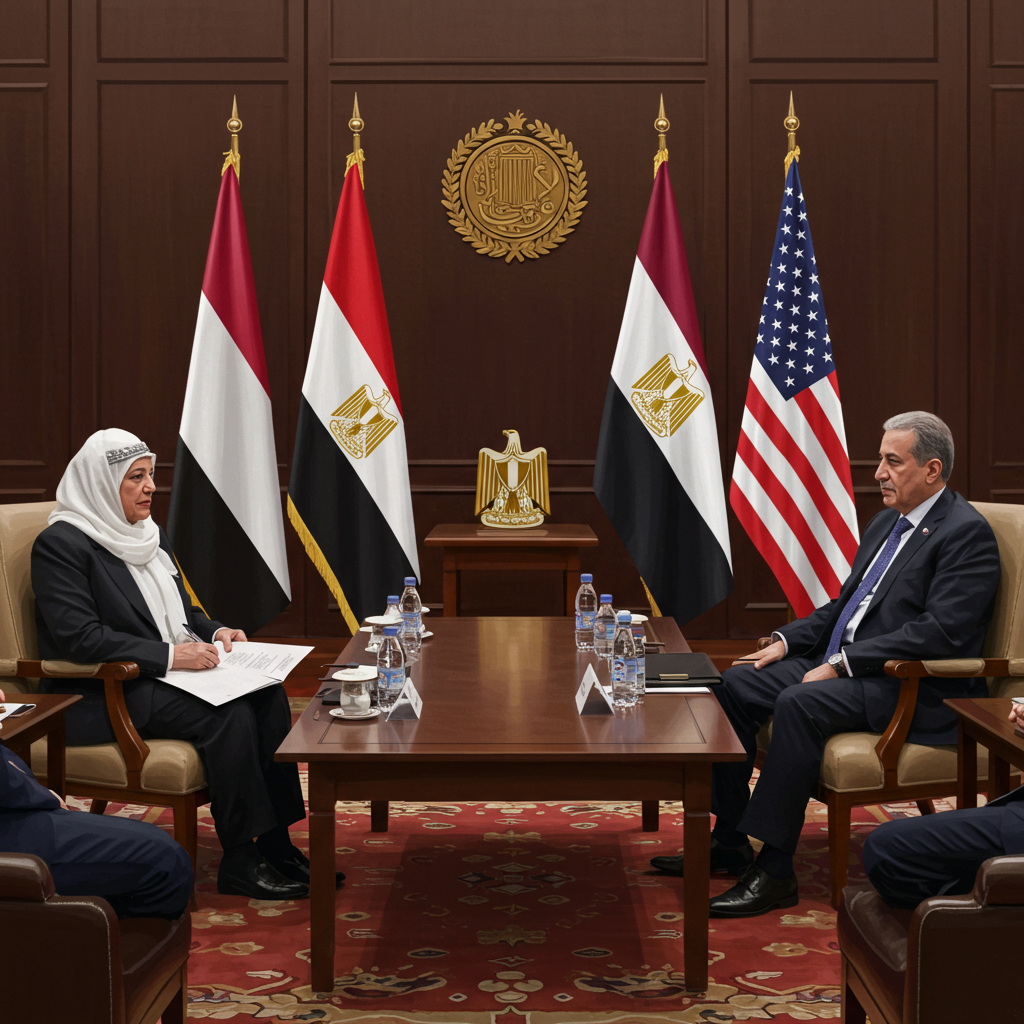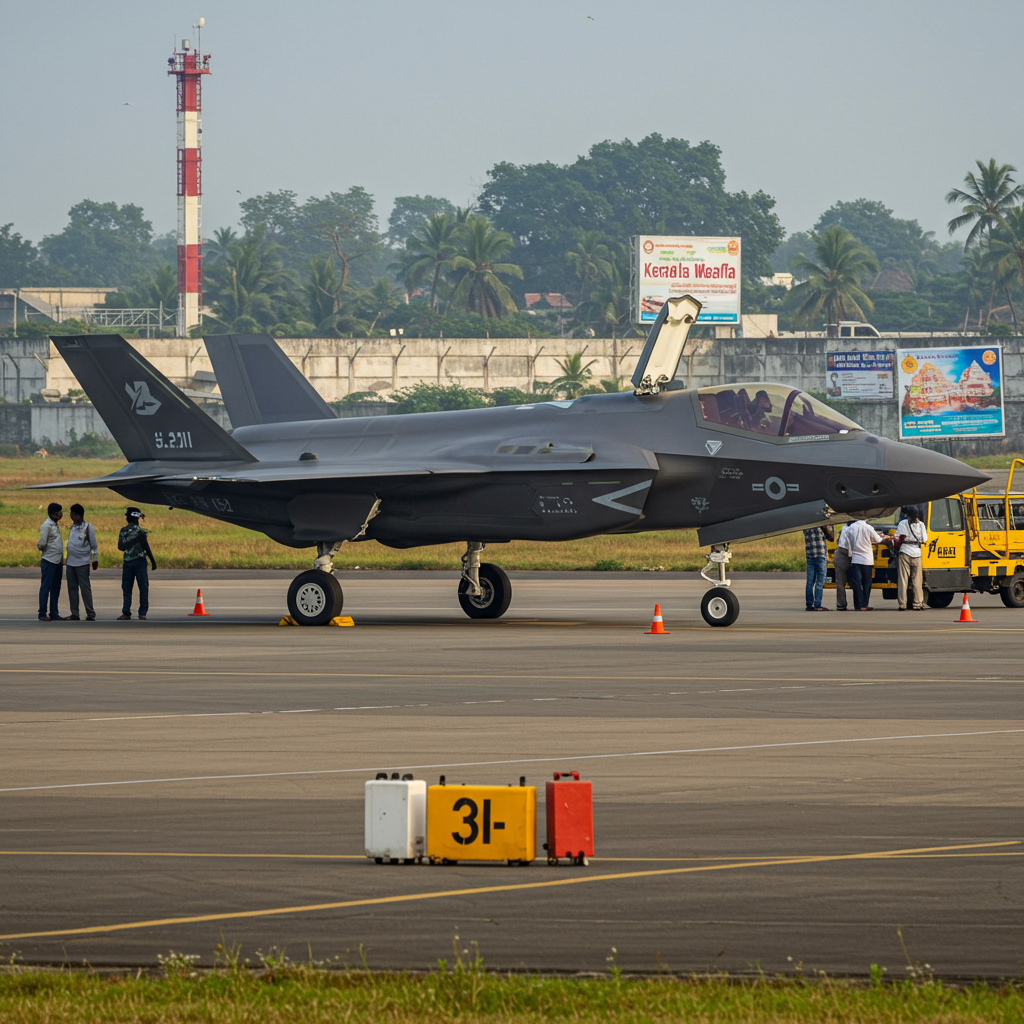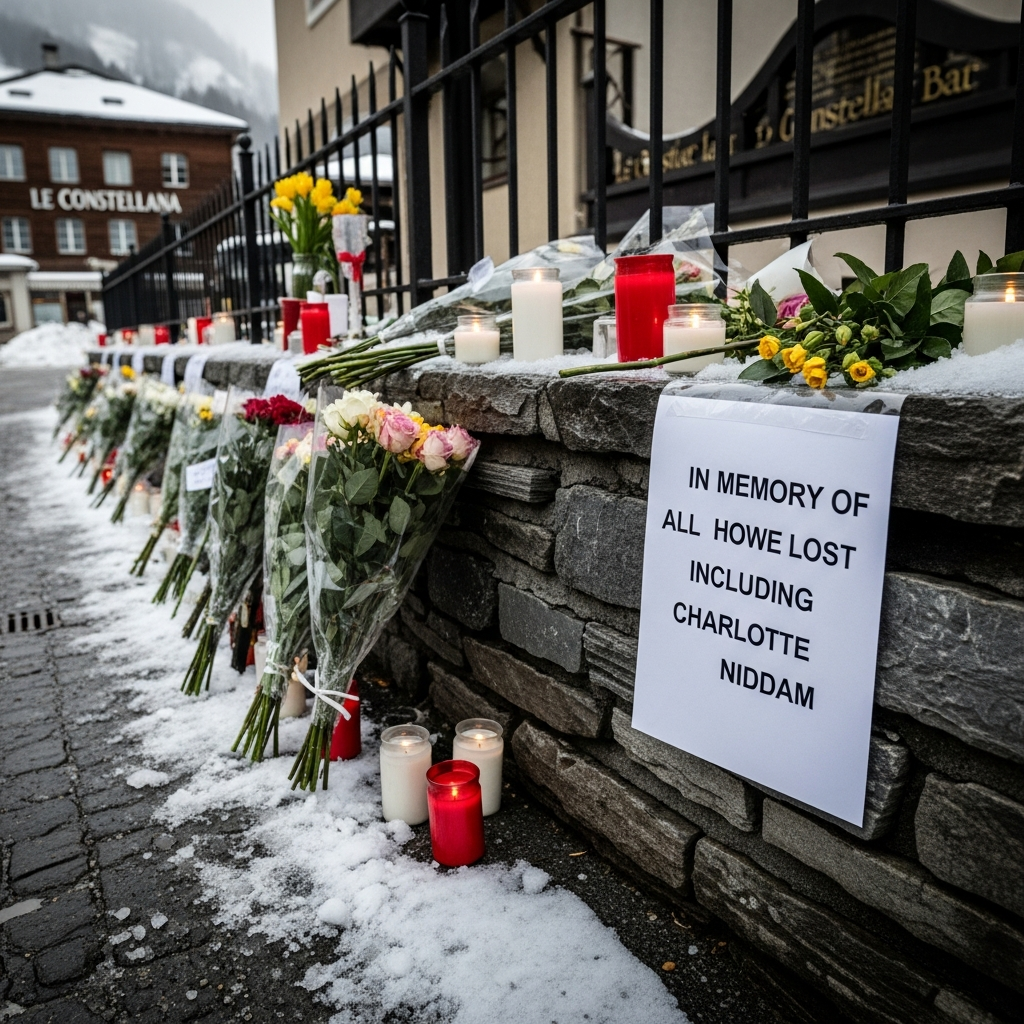A potentially pivotal moment has emerged in the intense, nearly two-year-old conflict in Gaza. hamas, the Palestinian group governing the territory, has communicated a “positive spirit” in its formal response to a proposal aimed at securing a ceasefire. Mediated primarily by Egypt and Qatar, this latest initiative, supported by the United States, offers a framework for halting hostilities, releasing hostages held by Hamas, and initiating negotiations for a lasting end to the war.
This development, conveyed on Friday, July 4, 2025, comes amidst heightened international pressure and ongoing devastating violence on the ground. While specific details of Hamas’s reply remain under wraps beyond the general positive framing, the group stated its full readiness to enter immediate talks focused on the technical implementation of the proposed agreement.
Decoding the Proposed Truce Framework
The proposal under consideration, described by US President Donald Trump earlier in the week as a “final proposal,” outlines a phased approach over a 60-day period. According to details shared with international news outlets, the core components of this framework include:
A 60-Day Pause in Fighting
The agreement guarantees a temporary ceasefire intended to provide a window for de-escalation and negotiation. This period would be specifically guaranteed by President Trump, adding a layer of US commitment to its duration.
Phased Hostage and Prisoner Exchanges
A key element involves the reciprocal release of captives. The plan reportedly includes the release of 10 living israeli hostages and the return of the bodies of 18 deceased hostages held since the October 2023 attack. These releases are envisioned to occur in stages throughout the 60-day truce, beginning with eight living captives on day one, followed by further exchanges on days seven, 30, 50, and 60. In exchange, Palestinian prisoners held in Israeli jails would be released.
Escalated Humanitarian Aid Delivery
The framework mandates an immediate and substantial increase in humanitarian aid entering Gaza. The goal is to reach aid levels comparable to those seen in January 2025. Distribution is planned to be managed by international organizations, including the United Nations and the Palestine Red Crescent Society, addressing a critical demand from Hamas and allied groups throughout discussions.
Halt to Israeli Military Operations
Upon the agreement taking effect, all Israeli military operations within Gaza would cease. This is coupled with provisions for daily pauses in Israeli military and surveillance flights over the territory. These pauses would reportedly last for 10 hours normally, extending to 12 hours on days when hostage and prisoner exchanges are scheduled to occur.
Immediate Negotiations for a Permanent Ceasefire
Critically, the proposal stipulates that negotiations aimed at achieving a permanent end to the conflict would commence on day one of the 60-day truce. These talks, supervised by the mediating nations, would cover a full exchange of remaining captives for Palestinian prisoners, a comprehensive withdrawal of Israeli troops from Gaza, future security arrangements for the enclave, and plans for Gaza’s governance and reconstruction following the cessation of hostilities (“day-after” plans).
Significant Hurdles Remain Despite Positive Signal
Despite the stated “positive spirit” from Hamas regarding the ceasefire proposal, significant obstacles and points of contention persist, tempering hopes for an immediate breakthrough. Both sides have specific demands and concerns that could complicate or derail the implementation process.
Hamas Seeks Guarantees for a Permanent End
A primary concern for Hamas leaders, according to sources familiar with their internal deliberations, is securing robust guarantees that the proposed 60-day pause will indeed transition into a permanent cessation of fighting. The group reportedly seeks assurances that Israel cannot unilaterally resume attacks after the temporary truce period ends. This suggests Hamas’s positive response is contingent on the permanent ceasefire negotiations yielding a satisfactory outcome. Some reports indicate hardline factions within Hamas have reluctantly accepted the need for a temporary truce primarily to regroup and plan future strategy after facing considerable military pressure.
Israel’s Conditions: Disarmament and “Renewed Fire”
Conversely, Israel’s public stance, articulated by Prime Minister Benjamin Netanyahu, remains focused on key conditions that Hamas has historically rejected. Netanyahu has repeatedly stated that any final agreement must include the disarmament of Hamas and, in some instances, suggested the exile of its leadership. An Israeli media report, citing a senior political source, suggested that Israel is pressing the US for written assurances that it retains the right to “renew the fire” – meaning to resume military operations – if Israel determines that Hamas has not complied with the terms of the deal. This potential “side letter” from President Trump would grant Israel considerable latitude in interpreting compliance, a point of potential major disagreement.
Palestinian Allied Concerns
A Palestinian official from a militant group allied with Hamas highlighted several specific concerns that need clarification. These include ambiguities surrounding the consistent flow of humanitarian aid into Gaza, clear mechanisms and permissions for passage through the crucial Rafah crossing with Egypt, and a precise timetable for the withdrawal of Israeli troops from the parts of Gaza they currently occupy.
Israeli Prime Minister Benjamin Netanyahu has not publicly commented on President Trump’s announcement of Israel’s prior agreement to the proposal’s conditions. The public positions of the two sides, particularly regarding the future status and disarmament of Hamas, appear far apart.
Diplomacy Amidst Ongoing Violence
Even as diplomatic efforts inch forward with Hamas’s positive response, the reality on the ground in Gaza remains one of continued violence and devastation. Local health officials reported that Israeli attacks killed at least 138 Palestinians across the enclave in the 24 hours preceding Friday’s news. This grim toll underscores the urgent need for a ceasefire.
One specific incident highlighted is an Israeli military airstrike that hit a tent encampment west of Khan Younis in southern Gaza around 2 a.m. local time. The strike tragically resulted in the deaths of 15 Palestinians who had been displaced by the nearly two years of conflict. Scenes of mourners gathering for funeral prayers before burying those killed overnight provided a stark contrast to the diplomatic maneuvering occurring internationally.
The Israeli military, in its own statements, reported conducting operations in the Khan Younis area during the same period. They claimed to have eliminated militants, confiscated weapons, and dismantled Hamas outposts. The military also stated it had struck approximately 100 targets across Gaza, including what it described as military structures, weapons storage facilities, and rocket launchers.
Personal accounts reflect the ongoing suffering. Thirteen-year-old Mayar Al Farr wept as she spoke of losing her brother, Mahmoud, who she said was shot and killed while seeking aid for their family. “He went to get aid, so he can get a bag of flour for us to eat. He got a bullet in his neck,” she recounted, illustrating the perilous conditions faced by civilians attempting to survive amidst the fighting.
Hostage Families Call for Urgent Action
In Tel Aviv, families and supporters of Israeli hostages held in Gaza gathered outside a US Embassy building on US Independence Day, July 4, 2025, to amplify their urgent call for a deal. The demonstration highlighted the human cost of the protracted conflict and the deep desire for the safe return of their loved ones.
Demonstrators set up a symbolic Sabbath dinner table featuring 50 empty chairs, representing the estimated 50 hostages believed to be alive after more than 600 days of captivity. Banners displayed messages, including a quote from President Trump’s social media platform reading, “MAKE THE DEAL IN GAZA. GET THE HOSTAGES BACK!!!”
Gideon Rosenberg, 48, from Tel Aviv, whose employee Avinatan Or was abducted from the Nova musical festival on October 7, 2023, addressed the situation directly. “Only you can make the deal. We want one beautiful deal. One beautiful hostage deal,” Rosenberg stated, directing his plea towards President Trump. Avinatan Or is among the roughly 20 hostages believed to be alive.
Ruby Chen, 55, the father of 19-year-old American-Israeli soldier Itay Chen, who is believed to have been killed after being taken captive on October 7, 2023, also spoke out. Itay Chen, also a German national, was serving when Hamas-led militants launched their surprise assault on southern Israel, killing around 1,200 people, mostly civilians, and abducting 251 others. Ruby Chen urged Prime Minister Netanyahu to return from his scheduled meeting with President Trump in Washington on Monday, July 7, 2025, having secured an agreement that ensures the return of all captives, living and deceased. The meeting between Trump and Netanyahu is expected to focus significantly on the Gaza war and the ceasefire proposal. President Trump has publicly stated his intention to be “very firm” with Netanyahu regarding the need for a speedy ceasefire, while also suggesting Netanyahu desires one as well.
Political Dynamics and Outlook
The timing of Hamas’s response ahead of the Trump-Netanyahu meeting adds another layer of complexity to the diplomatic landscape. Netanyahu faces pressure from hostage families to secure a deal but also from hardline elements within his governing coalition who oppose concessions to Hamas and insist on the group’s total defeat and disarmament. Reports suggest Netanyahu’s political standing may have recently strengthened following limited confrontations with Iran, potentially giving him more flexibility, and polls indicate strong public support within Israel for a hostage deal.
The nearly two-year-long Israeli military campaign in Gaza, launched in response to the October 7 attack, has caused unprecedented devastation. The conflict has displaced the vast majority of Gaza’s population of over 2 million people and triggered a severe humanitarian crisis, including widespread hunger and disease. According to Gaza’s health ministry, the death toll among Palestinians has exceeded 57,000, with the vast majority being civilians – a figure considered reliable by the UN and many Western governments. Israel maintains that it follows international law and takes precautions to minimize civilian harm while targeting militants and their infrastructure.
While Hamas’s positive response signals a willingness to engage, it is not yet a definitive acceptance of every detail within the proposal. The path forward involves intricate negotiations on the specific mechanisms for implementing the framework, including addressing the persistent concerns regarding aid, crossings, troop withdrawal timelines, and the critical issue of ensuring a permanent end to the fighting. The outcomes of the upcoming proximity talks, if they materialize, and the high-level meeting between President Trump and Prime Minister Netanyahu will be crucial in determining whether this positive step can translate into a real and lasting ceasefire.
Frequently Asked Questions
What are the main elements of the Gaza ceasefire proposal Hamas responded to?
The proposal, mediated by Egypt and Qatar and supported by the US, outlines a 60-day temporary truce. It includes a phased exchange of Israeli hostages (10 living, 18 deceased) for Palestinian prisoners, a significant increase in humanitarian aid into Gaza, a halt to Israeli military operations and surveillance flights, and the immediate start of negotiations on day one for a permanent end to the conflict.
What are the key disagreements or challenges preventing the Gaza ceasefire deal from being finalized?
Significant hurdles remain. Hamas seeks guarantees that the temporary truce will lead to a permanent ceasefire and prevent renewed Israeli attacks. Israel insists on Hamas’s disarmament and reportedly seeks US assurance of its right to resume operations if Hamas doesn’t comply. Allied Palestinian factions have specific concerns about humanitarian aid access, the Rafah crossing, and a clear timetable for Israeli troop withdrawal.
Despite the positive response, is violence continuing in Gaza, and what is the humanitarian situation?
Yes, fighting continues. Reports indicate dozens of Palestinians were killed in Israeli strikes in the 24 hours before the announcement, including in incidents like the Khan Younis encampment strike. The Israeli military states it continues to target militants and infrastructure. The humanitarian situation remains dire, with widespread displacement, hunger, and a critical need for increased aid, which is a point of contention in the negotiations.
The positive signal from Hamas offers a fragile glimmer of hope in a devastating conflict. However, the deep-seated disagreements over core issues like the future status of Hamas, the exact nature of the troop withdrawal, and guarantees for a permanent peace underscore the complex and potentially lengthy path ahead for negotiators striving to achieve a genuine and lasting ceasefire in Gaza.




